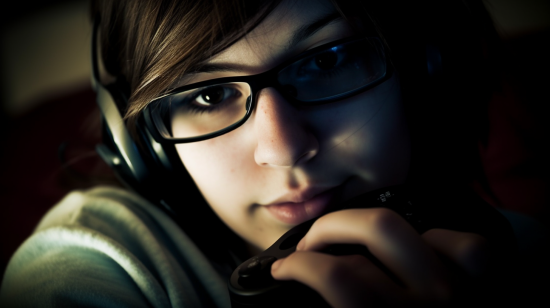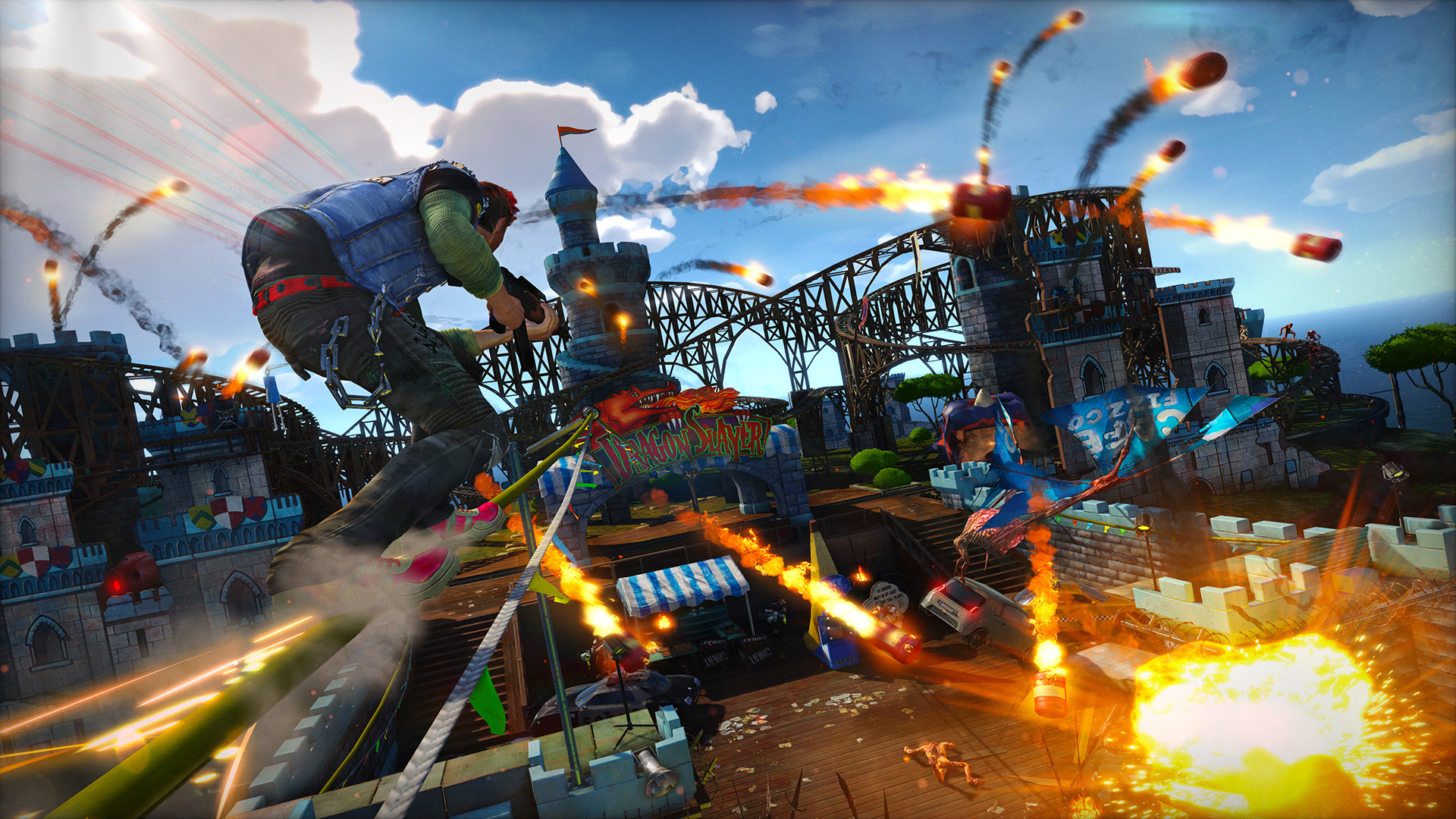Mario Paint is a Nintendo game that was released in 1992 for the Super Nintendo Entertainment System (SNES). It is a creative tool game that allowed players to create art, animations, and music using the SNES Mouse accessory. But it was more than just a game; Mario Paint had a significant impact on the SNES console and the gaming industry as a whole. Developed by Nintendo’s Research & Development 1 (R&D1), the team behind the launch of the SNES, Mario Paint was a result of experimentation. It was in development for five years, featuring a variety of creative tools that integrated with the SNES hardware. The game was ahead of its time and has become an iconic part of SNES gaming history. In this review of Mario Paint for the SNES, we will take a closer look at its gameplay, nostalgia factor, legacy, and much more.
Gameplay Overview
One of the most significant features of Mario Paint is its use of the SNES Mouse accessory. This unique control mechanism allows players to have precision control over their creations, providing an immersive experience.
The game contains a plethora of mini-games and creative tools. These tools allow players to create and animate their drawings, add sound effects and even compose their music. One of the most notable features of the game is the music creation feature. This tool allows players to add, manipulate, and compose music in an intuitive and straightforward way.
Mario Paint’s creative tools offer a unique kind of interactive gaming experience that cannot be found elsewhere. The game’s mini-games and creative tools make it an excellent and evergreen choice for gamers who want to flex their artistic and musical skills.
The Nostalgia Factor
Mario Paint is often associated with a sense of nostalgia, as many gamers have fond memories of playing the game during their childhood. The game’s unique mini-games and creation tools offered a refreshing break from traditional platforming games, allowing players to express their creativity through pixel art, animation, and music.
Despite being released over 25 years ago, Mario Paint continues to spark feelings of nostalgia in players, both old and new. Its charming visual style and catchy music are instantly recognisable, and the game has aged well, retaining its original charm and addictive gameplay.
Mario Paint has become a staple of the SNES gaming experience, and its impact is still felt today. The game allowed players to explore and experiment with different art and music creation methods, leading to a whole new genre of creative software tools. Mario Paint paved the way for future titles in the creative tool game genre, such as Minecraft, LittleBigPlanet, and Super Mario Maker.
Mario Paint in the Modern Era
Fast forward almost three decades since the release of Mario Paint, and Nintendo has made this beloved classic available to a new generation of gamers. With the game being re-released on both the Virtual Console and the Nintendo Switch Online service, players who missed out on the original game can now experience it in high-definition.
But what’s the big deal, you ask? Why should anyone bother revisiting a game that’s over 25 years old? Well, the answer lies in the game’s timeless appeal and relevance.
For starters, the various mini-games and tools found in Mario Paint still hold up against modern-day creative software. From painting to animation, music composition to even simple coding, the level of creativity and self-expression that Mario Paint offers is unparalleled. While there are more sophisticated and advanced options available today, the simplicity and charm of Mario Paint’s creative suite continue to attract gamers of all ages.
Furthermore, Mario Paint’s implementation of gameplay mechanics that require the use of the SNES Mouse accessory is an idea that has recently been revisited by Nintendo with the likes of the Wii U’s GamePad and the Nintendo Switch’s Joy-Cons. The game’s ideas and concepts have become ingrained in the company’s development philosophy and have even influenced other franchises, such as the inclusion of creativity tools in the Super Mario Maker titles.
All in all, Mario Paint remains an important part of Nintendo’s gaming history, and its impact is still felt in the industry today. For fans of the original game, re-discovering it on modern consoles is a nostalgic treat. For younger players, it’s a chance to experience a classic that defines what it means to be inventive and creative.
Legacy of Mario Paint
Mario Paint’s influence extends far beyond its initial release on the SNES in the early ’90s. The game’s unique blend of music and art creation has had a major impact on modern-day creative software and games. Here are three ways Mario Paint’s legacy lives on today:
- Influence on Music Software: The game’s music creation feature, which allows players to create their own compositions and play them back on the SNES, was a groundbreaking feature at the time. Today, music creation software like GarageBand, Logic Pro, and Ableton Live owe a debt to Mario Paint’s innovation in the field.
- Impact on Art Creation: Mario Paint’s drawing and animation tools were also ahead of their time. The game’s use of the SNES Mouse accessory allowed for more precise control than was possible with a traditional controller. The legacy of these tools can be seen in modern-day digital art software like Adobe Photoshop and Procreate.
- Legacy within Nintendo: Mario Paint remains a beloved part of the Nintendo catalog. The game’s innovative use of the SNES hardware and its influence on gaming and creative tools continue to inspire new generations of gamers and developers. Other Nintendo games, such as WarioWare DIY and Super Mario Maker, carry on the legacy of Mario Paint’s creative toolset.
Overall, Mario Paint’s influence continues to be felt in the world of gaming and creative software development. The game’s unique blend of art, music, and animation tools set a new standard for creative tool games, and its legacy lives on today.
Conclusion: The Significance of Mario Paint in Gaming History
Throughout this article, we have explored the incredible significance of Mario Paint in gaming history. We have seen how the game’s creative tools and mini-games, combined with the iconic SNES mouse, provided players with a new level of immersion and creativity that was almost unprecedented at the time. While some may consider it just another game in the SNES library, Mario Paint holds a special place in the hearts of so many gamers who grew up with it.
Furthermore, in the modern era, Mario Paint still remains relevant, with its legacy continuing to inspire new generations of game creators and artists. It is also noteworthy that the game has paved the way for many other creative tool games that have arisen since its release.
In conclusion, we urge all gamers to check out Mario Paint for themselves. Whether you are revisiting a beloved classic from your past or experiencing it for the first time, it is sure to provide you with a unique and immersive gaming experience that is truly one-of-a-kind. So why not grab your SNES mouse and dive into the world of Mario Paint today?
FAQ
1. How does Mario Paint utilize the SNES Mouse accessory?
Mario Paint utilizes the SNES Mouse accessory as the primary input method for the various mini-games and creative tools in the game.
2. What are some of the creative tools and mini-games available in Mario Paint?
Some of the creative tools in Mario Paint include a drawing program, an animation program, and a music creation feature. Mini-games include fly swatting and a puzzle game.
3. Why do gamers have such a strong emotional connection to Mario Paint?
Mario Paint is often remembered fondly for its unique and creative approach to gaming. The wide range of tools and mini-games offered endless possibilities for expression and creativity.
4. How has Mario Paint stood the test of time?
Despite being released over 25 years ago, Mario Paint still holds up as an innovative and creative game. Its music creation feature, in particular, has inspired countless musicians and composers.
5. What is the legacy of Mario Paint?
Mario Paint’s impact on the genre of creative tool games is undeniable. The game’s influence can be seen in modern music and art creation software, and it remains a beloved entry in the Nintendo library.



